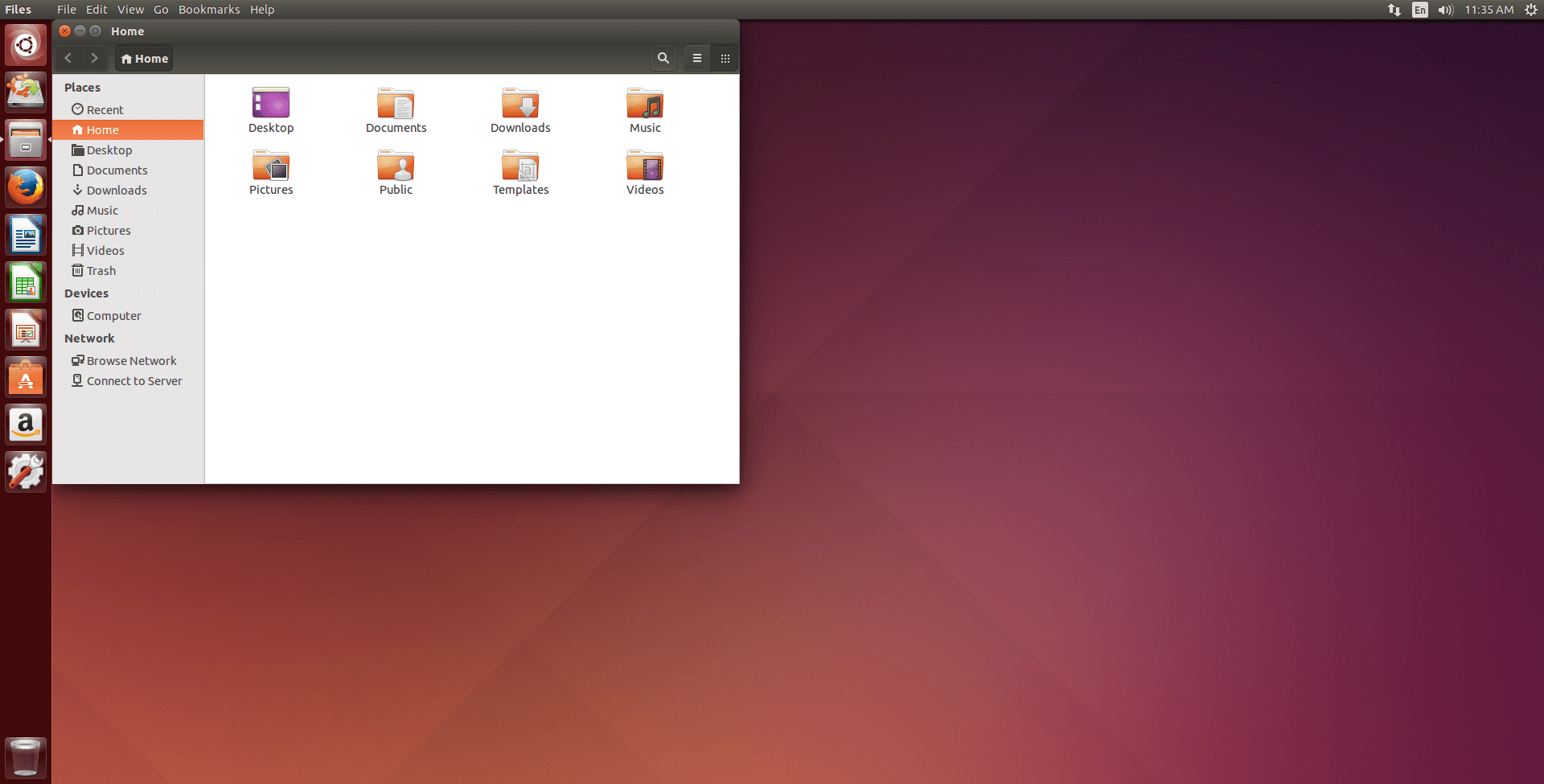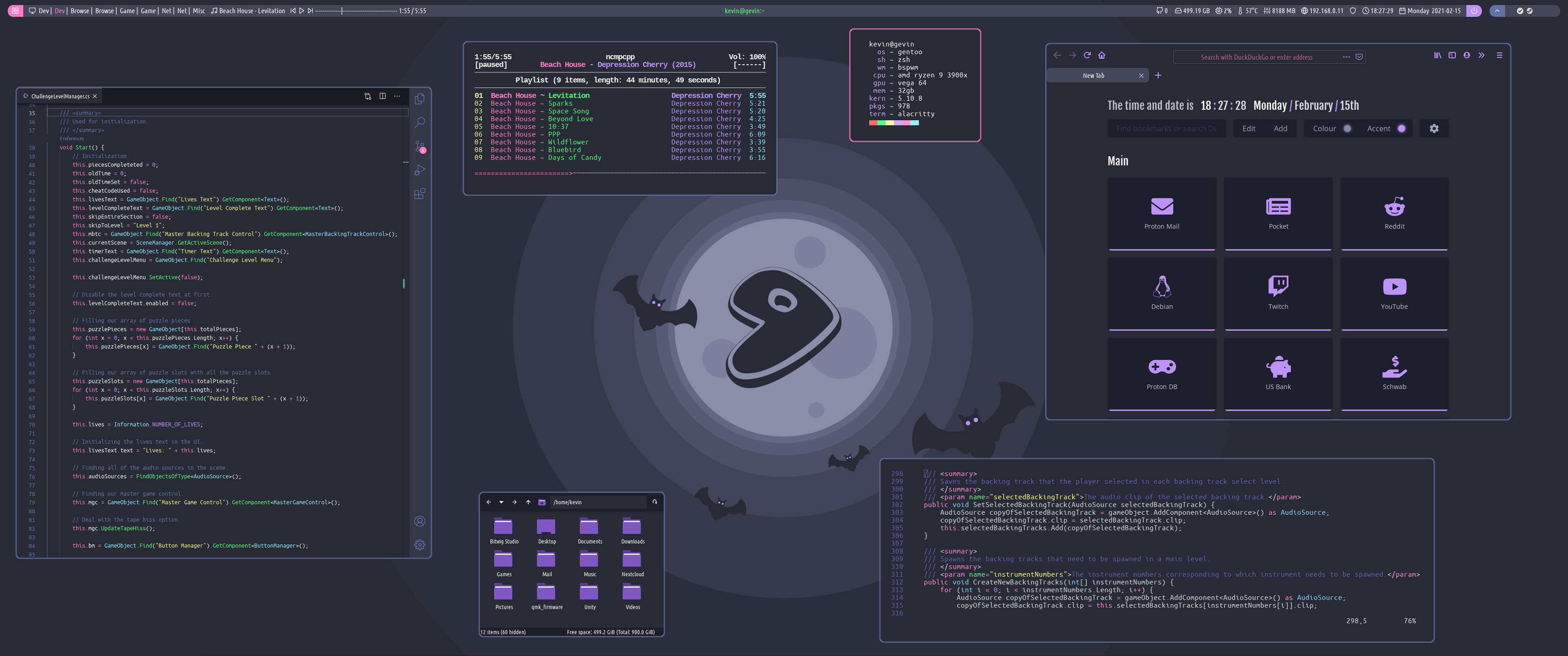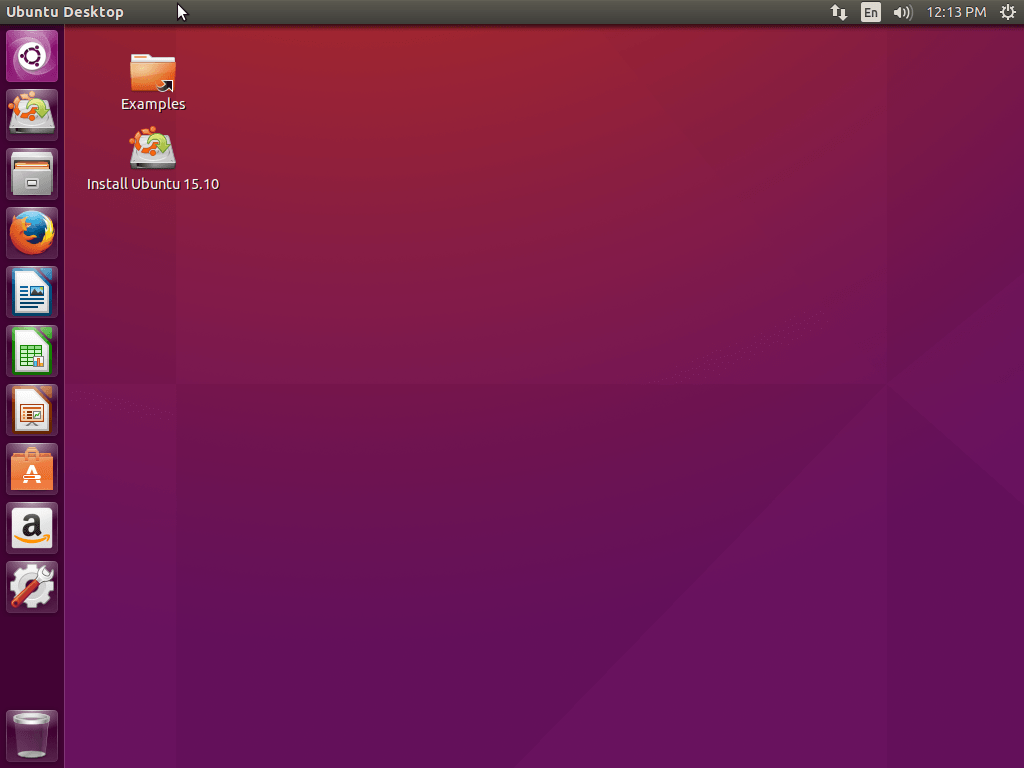



Please note, by default, there is at least one display manager installed on your system, whenever you install a desktop-based Linux on your machine.
UBUNTU DESKTOP MANAGER HOW TO
In this article, we have learnt how to change display manager in Ubuntu. Select the display manager of your choice using up/down arrow keys and select Ok option to save changes. $ sudo dpkg-reconfigure gdm3Īgain you will see a screen with a list of available display managers. You can revert the above changes with the following command. Reboot your system to load desktop with newly configured display manager. Once you have changed your display manager, you can confirm changes with the following command. Press Tab key to take control to the ‘Ok’ button at the bottom of the screen, and hit Enter key. You will need to select the display manager of your choice using up/down arrow keys. On running the above command, you will see a screen that lists all available display managers installed on your Linux system. Once lightdm is installed, you can change the default display manager using the following command. Run the following command to install lightdm on Ubuntu. LightDM is a popular feature-rich display manager that works on different desktop technologies. Open terminal and run the following command to check current display manager. This is because, in case there are any issues in changing default display manager, you should be able to access your system via SSH, till the issue is resolved. Before we proceed, please make sure that you have enabled SSH on your system and have an SSH server running on it. We will install and enable lightdm display manager for our purpose. Here are the steps to change default display manager in Ubuntu. How to Change Default Display Manager in Ubuntu RDM can be further enhanced by our companion tool, Devolutions Web Login, which enables automatic connection to websites. DVLS features robust role-based access control for all administrative users. Sometimes you may need to change default display manager in Ubuntu. Remote Desktop Manager (RDM) integrates with Devolutions Server (DVLS), which is Devolutions’ self-hosted Privileged Account Management (PAM) platform. There are also display managers like lightdm that work on both Gnome as well as KDE desktops. Download the latest LTS version of Ubuntu, for desktop PCs and laptops. gdm3 is the default display manager for gnome desktops and sddm is the desktop manager for KDE desktops. Some of the popular display manager systems are gdm3, lightdm and sddm. It basically handles the entire GUI unless the graphic is provided by hardware acceleration. On successful authentication, it loads the desktop environment of that user. On the default desktop environment of Ubuntu 20. When you boot Linux, the display manager will show a login screen. Every Linux system that has desktop, has a display manager that handles user authentication and rendering desktop environment.


 0 kommentar(er)
0 kommentar(er)
